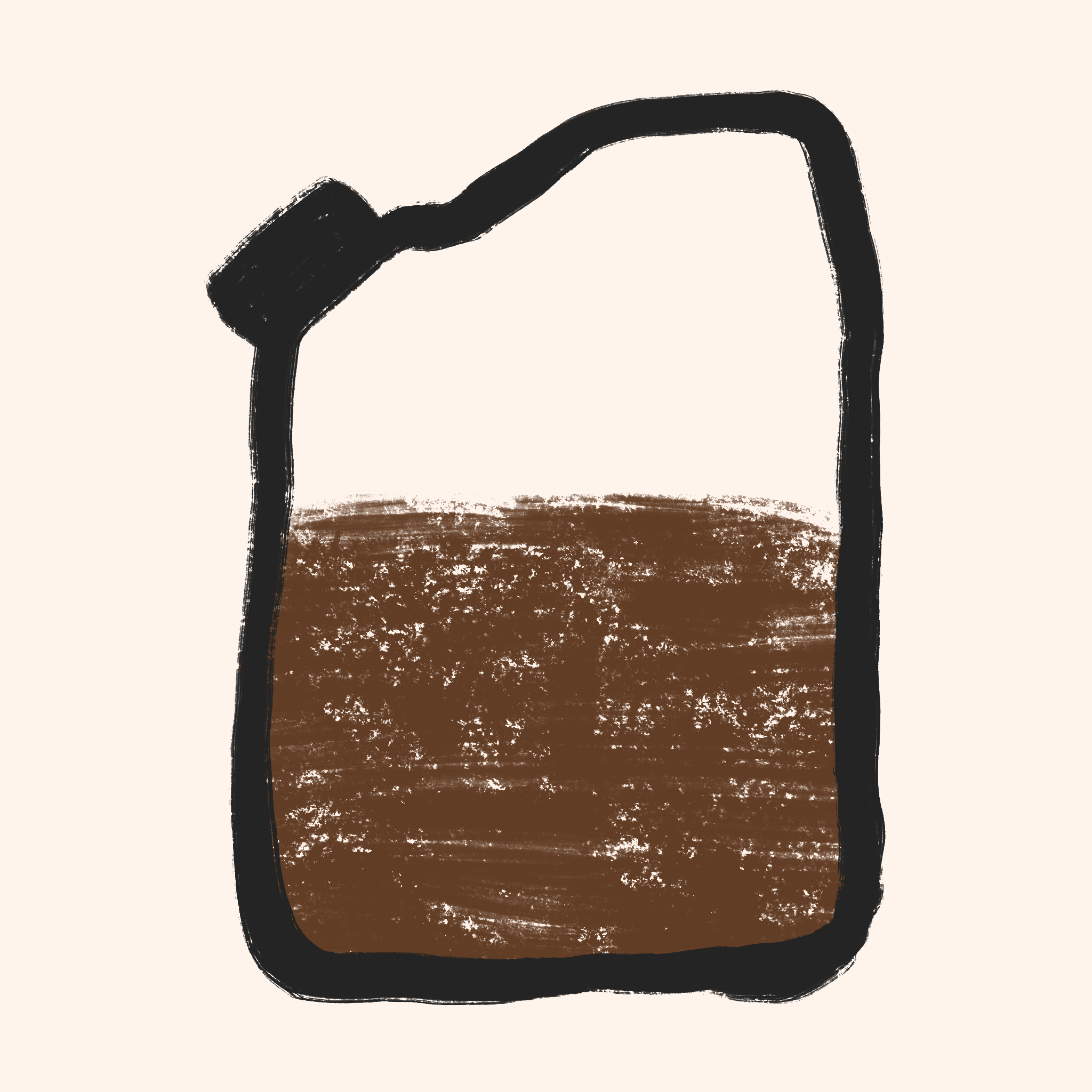Organic: Contains carbon
Hydrocarbons: Organic compound made out of hydrogen and carbon only
Fuel: A substance that releases energy when burned
Viscous: Doesn’t flow easily
Viscosity: The resistance of a liquid to flow (ie. high viscosity = doesn’t flow easily)
Crude oil:Dark viscous liquid made from a mixture of many different hydrocarbons (formed by decomposition of animals and plants under pressure)
Volatile: Evaporates easily
Volatility: The ability to evaporate
What is fractional distillation?
Since crude oil is a mixture of different types of oils, we need a way to separate them. This is what fractional distillation does. It depends on the boiling point of a substance.
Note: There are actually 3 stages of refining crude oil (1. Fractional distillation, 2. Cracking, 3. Reforming), but this is about the first stage.
The steps of fractional distillation
- Heat the oil to above 450˚C.
- Inject the fractions into the fractionating column.
- Solids are collected at the bottom.
- Vapor rises upwards.
- Fractions with higher boiling points and higher viscosity are collected first, because they condense first.
- Fractions with high volatility will be collected last.

Names and uses of the fractions
Fractions – refer to the different segments of the fractionating column
- Bitumen (solid) – used for making roads
- Lubricating oil – used for bicycle chains
- Diesel – heavy machinery, trucks and some cars
- Kerosene – jet planes
- Gasoline – car fuel
- The other gases escape at the top
Trends of the different fractions

It might be confusing that the fractions with higher boiling points are at the bottom… But, a higher boiling point means that it doesn’t have to cool down so much to condense. So, it cools down faster, condenses faster, and is therefore at the bottom.
Have any questions about this topic? Leave a comment below and I’ll get back to you 🙂


Leave a Reply